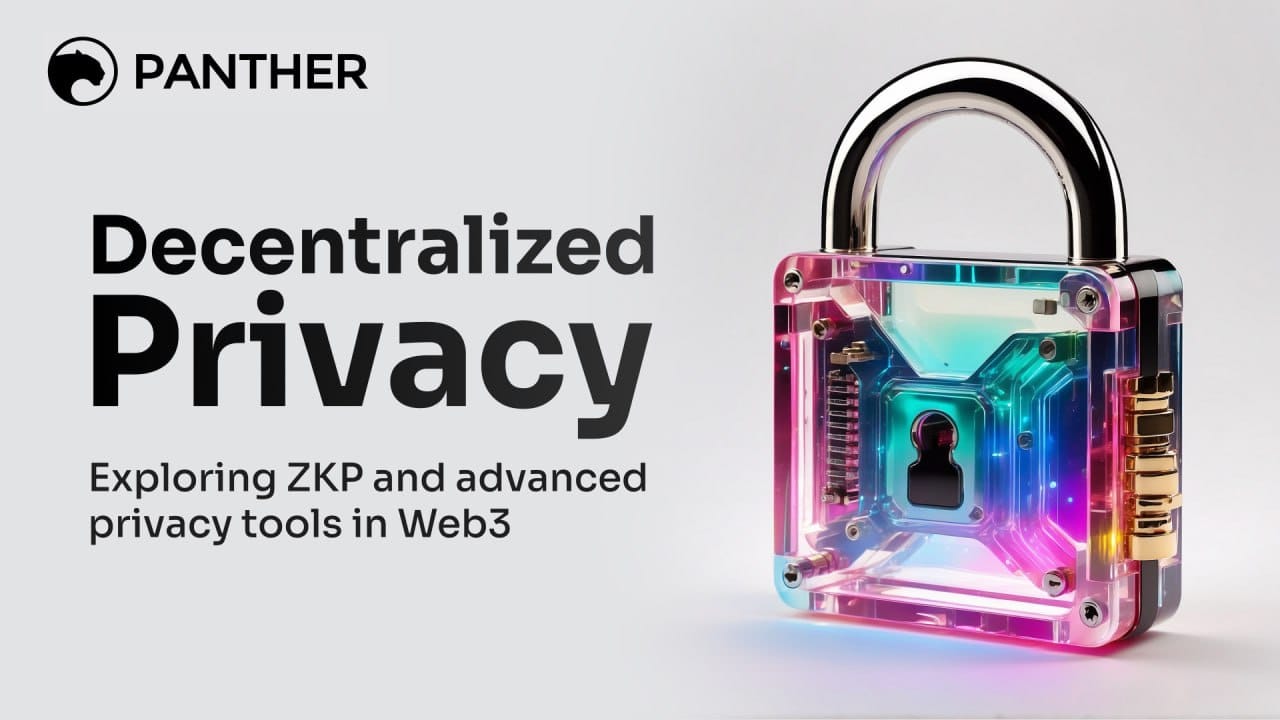Decentralized privacy: exploring ZKP and advanced privacy tools in Web3

Table of Contents:
This article explores the critical role of Zero-Knowledge Proofs (ZKPs) and other advanced privacy tools in safeguarding user privacy within the burgeoning Web3 landscape, addressing the inherent transparency of blockchain technology and introducing next-generation solutions for scalable, privacy-focused blockchain applications.
Although blockchain’s benefits are undeniable, the decentralized and immutable nature of open blockchain’s record-keeping creates unique privacy challenges. Blockchain's transparency means that transactions are permanently recorded and viewable by anyone. While this promotes trust and accountability, it also poses significant risks to personal privacy if identities can be linked to public addresses and can expose trading strategies for professional investors and other successful traders. Additionally, integrating decentralized applications (dApps) with these technologies further complicates the privacy landscape, as user interactions on one platform can be traced across multiple platforms and transactions.
To address these privacy challenges, Zero-Knowledge Proofs (ZKPs) emerge as a potent solution, allowing transaction validation without compromising private data. ZKPs, such as zk-SNARKs and zk-STARKs, are cryptographic methods that allow the validation of transactions without revealing any underlying data, playing a crucial role in maintaining privacy on the blockchain.
Beyond enhancing privacy, ZKP technology can be instrumental in DeFi contexts, where it ensures that financial transactions remain confidential yet verifiable, believed to be the key to fostering trust and participation in open financial ecosystems. The technology can make transactions more private, ensuring that while the integrity and rules of the transaction are publicly verifiable, the specifics of the amounts and the parties involved in the transaction remain private.
Relative to non-succinct privacy-preserving proofs, zk-SNARKs can make for more scalable projects compared with, for example, non-succint alternatives such as zk-STARKs. By enabling transaction validation without disclosing or processing extensive data on the blockchain, zk-SNARK technology can be implemented in ways that lessen the network burden. Ultimately the result is a more efficient blockchain, potentially increasing transaction throughput and enhancing overall performance.
Other privacy-preserving technologies
While ZKPs are pivotal, a broad array of privacy-preserving technologies, including Homomorphic Encryption and Secure Multi-Party Computation that are available for Web3 developers:
- Homomorphic encryption: Enables computations on encrypted data, ensuring data privacy even during processing.
- Secure Multi-Party Computation (SMPC): Allows multiple parties to jointly compute a function while keeping their inputs private.
- Decentralized identifiers (DIDs): DIDs allow individuals to control and verify their identity independently of a central authority, enhancing privacy and control over personal identity data.
- Blockchain sharding: Although its primary function is to help scale networks, by dividing the entire blockchain into smaller partitions known as shards, privacy is enhanced by limiting the data each node can access.
- Differential privacy: Integrating differential privacy techniques into blockchain applications can add noise to aggregated data, making it difficult to identify individual users while maintaining the utility of the data.
- Confidential smart contracts: Leveraging cryptographic techniques to execute smart contracts confidentially ensures that the data within these contracts is not exposed to other network participants.
Tools for enhancing privacy in Web3
The development of these foundational technologies paves the way for practical, user-facing privacy tools in Web3, ranging from enhanced wallets to comprehensive on-chain and off-chain solutions. Some of these tools include:
- Privacy-enhancing wallets: These wallets integrate features like stealth addresses and ring signatures to conceal user identities.
- On-chain privacy protocols: On-chain privacy protocols like the one Panther Protocol is developing will use zk-SNARK and other privacy technologies to conduct private transactions on public blockchains while preserving privacy.
- Off-chain privacy solutions: Off-chain solutions like the Lightning Network for Bitcoin or Raiden Network for Ethereum help scale transactions off the main chain while improving privacy by reducing the on-chain footprint.
- Data protection tools: Tools like NuCypher use proxy re-encryption and SMPC to secure shared data among multiple participants without exposing the raw data to external parties.
Conclusion
Web3 aims to revolutionize online interactions by emphasizing privacy and control over personal data, while still maintaining the inherent benefits that transparent blockchain technology brings. As this technology advances, it’s critical to develop tools that uphold privacy without compromising transparency. This balancing act involves both innovative technological solutions and stringent regulatory measures, ensuring Web3 can offer transparent yet secure digital environments.
For more information about privacy-preserving technologies
A Deep Dive Into Secure Multi-Party Computation (MPC)
Threshold Cryptography, MPC, and MultiSigs: A Complete Overview
Bulletproofs In Crypto – An introduction to a Non-Interactive ZKP
zk-SNARKs vs zk-STARKs: Comparing Zero-knowledge Proofs
What is a zero-knowledge proof? ZKPs explained in different levels.
Ring Signatures vs. zkSNARKs: A comparison
